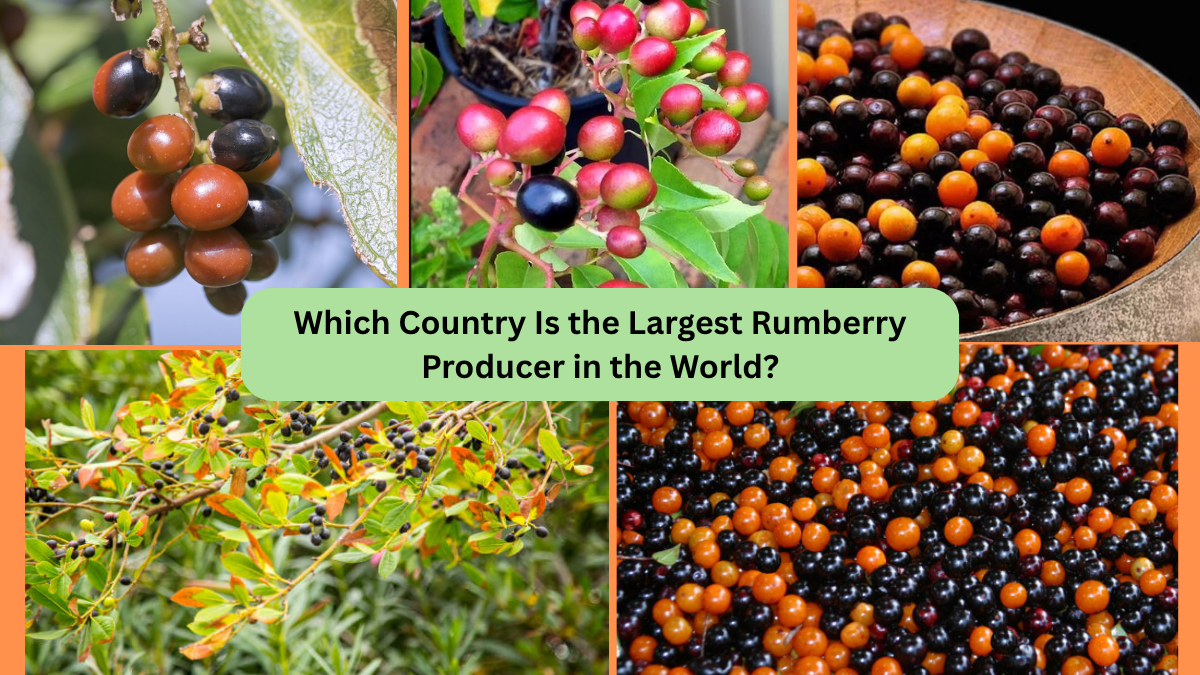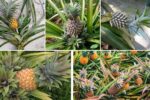Bright, tart, and with a hint of tropical charm, the Rumberry is an exotic fruit that’s gaining fame far beyond its native regions. Also known as Guavaberry, it belongs to the Myrciaria floribunda species in the Myrtaceae family. Adored in tropical Americas, it’s cherished for its unique flavor, rich heritage, and use in festive drinks. But have you ever wondered which country leads the world in producing rumberry? Let’s explore the fruit’s origins, cultivation journey, cultural importance, and where it’s most abundantly grown.
What Exactly Is Rumberry?
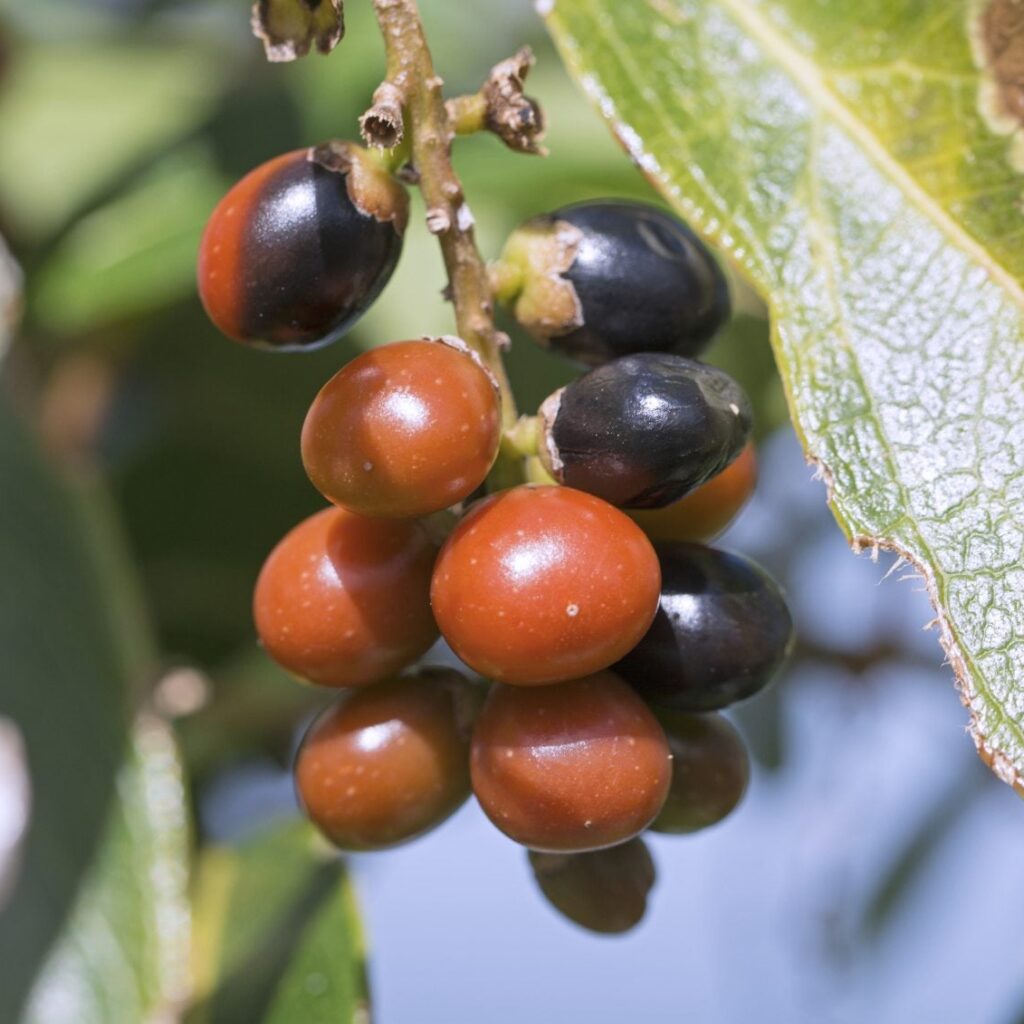
Rumberry (Myrciaria floribunda) is a small, round berry—about 1 cm in diameter—with glossy, deep red to dark purple skin and translucent flesh. It thrives in tropical climates and plays a central role in Caribbean and Latin American traditions.
Notable features:
- Part of the same family as guava and jaboticaba
- Sweet-tart flavor with tropical notes
- Rich in vitamin C, B vitamins, calcium, iron, and phosphorus
Where It All began: Origin & Native Habitat
Native to tropical lowlands of Central and South America and parts of the Caribbean, rumberry grows wild and in home gardens in countries like Cuba, Jamaica, Bermuda, the Virgin Islands, and also reaches Philippines and Hawaii in tropical Asia .
It’s naturally suited to warm temperatures and high humidity. Trees are slow to mature—taking 6 to 10 years to bear fruit—but once established, they reward growers with abundant yields .
Cultivation & Harvest

Rumberry prefers:
- Warm, frost-free tropical climates
- Humid environments
- Well-drained soils
Cultivation is mostly traditional and semi-wild. The fruit is harvested as it ripens, then used fresh or processed into jams, tarts, or flavorsome liqueurs
Flavor & Cultural Significance
The berry is best known for its essential role in Guavaberry liqueur, a rum-based spirit mixed with cane sugar and spices. Though especially associated with the U.S. Virgin Islands, Guavaberry liqueur is celebrated across the Caribbean during Christmastime and special events—some consider it the region’s “national liquor”
In Cuban folk medicine, rumberry is also valued for its detoxifying effects, particularly for liver health
Cuisine-wise, rumberry berries add a sweet-spicy dimension to desserts, beverages, jams, jellies, cocktails, and ice creams
Global Production: Who’s Leading?
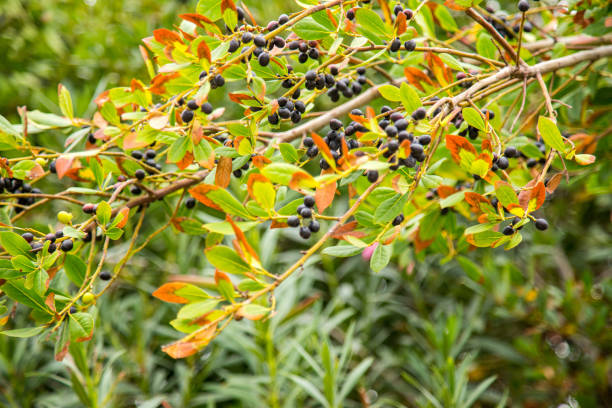
Surprisingly, unlike many cultivated fruits, official global production statistics for rumberry are scarce. It remains primarily a regional specialty—grown in home gardens, wild patches, and artisanal farms—rather than on large commercial estates. Thus:
- No comprehensive FAO figures or national agricultural reports exist.
- Rumberry isn’t tracked like mainstream fruit crops.
However, based on geography, tradition, and liquor production, several countries stand out:
1. U.S. Virgin Islands
- Home to Guavaberry liqueur with deep historical roots.
- Local producers harvest wild/cultivated rumberries for manufacturing.
- The fruit—and its festive spirit—defines part of the islands’ cultural identity.
2. Puerto Rico, Dominican Republic, and Other Caribbean Islands
- Traditional use and small-scale cultivation maintained for beverages, desserts, and home remedies.
3. Cuba
- Wild berries are harvested, and their use in folk medicine is well-documented.
4. Brazil and Other Tropical Americas
- Native presence suggests potential for considerable wild rumberry populations, though mainstream commercial cultivation remains limited.
Due to data limitations, the U.S. Virgin Islands effectively emerge as the closest candidate for “largest producer”—owing to its unique cultural link and documented liquor production
Why the U.S. Virgin Islands Likely Lead
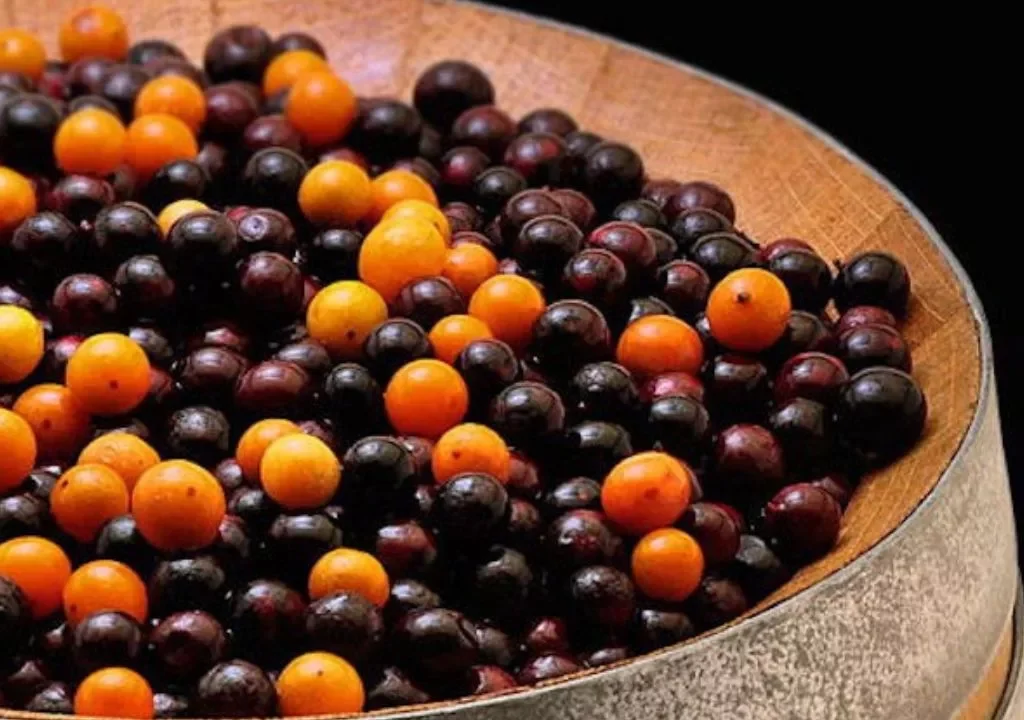
A. Guavaberry Tradition
The Guavaberry liqueur, deeply integrated with local customs and Christmas celebrations, drives consistent demand. Producers depend on reliable rumberry supply—implying organized harvesting and small-scale cultivation.
B. Cultural Identity
Rumberry is entwined with local heritage, meaning it’s more than just a fruit—it’s part of communal celebrations and artisanal tradition.
C. Concentrated Use
While other regions harvest rumberry, the U.S. Virgin Islands combine consistent annual production with a formalized product—the Guavaberry liqueur—securing their place as probable world leader.
Beyond the U.S. Virgin Islands: Other Hotspots
Puerto Rico & Dominican Republic
Small communities produce rumberry for local festivities and artisanal beverages.
Cuba
Traditional healers use rumberry for detoxification, although commercial distribution remains negligible.
Brazil
While botanically native, large-scale commercial farming of rumberry isn’t yet established—it remains more of an untamed, wild-harvested fruit.
Comparing Rumberry Production Globally

Because rumberry isn’t formally cataloged in global agricultural data, precise tonnage comparisons are unavailable. However:
| Region | Likely Scale | Purpose |
|---|---|---|
| U.S. Virgin Islands | Modest commercial | Guavaberry liqueur |
| Puerto Rico, Caribbean | Small-scale/artisanal | Local beverages, jams, desserts |
| Cuba, Brazil, tropical Americas | Wild/foraging | Traditional medicine, homemade use |
Future of Rumberry Cultivation
As global interest in exotic fruits, spirits, and sustainable agriculture grows, rumberry could gain wider attention:
- Craft spirits boom: Guavaberry-inspired beverages can capture niche markets globally.
- Agro-tourism: Tropical gardens might include rumberry as a unique attraction.
- Health-food niche: Its antioxidant content (Vitamins C, B, minerals) could appeal to wellness trends
Success hinges on establishing more formal cultivation systems—shifting from foraged wild fruits to semi-commercial orchards.
Conclusion
Without formal FAO-style production data, pinpointing a definitive “largest rumberry producer” requires interpreting cultural, horticultural, and economic context. Based on available evidence, the U.S. Virgin Islands—with their famed Guavaberry liqueur and cultural traditions—likely lead in concentrated rumberry use and production.
Other Caribbean nations, Cuba, and parts of tropical Americas contribute as well, though mostly via informal harvesting.
As exotic fruits capture global attention, rumberry’s exciting flavor profile and storied heritage may soon elevate it from local treasure to international curiosity. In that future, the U.S. Virgin Islands will likely remain central to the rumberry narrative.
